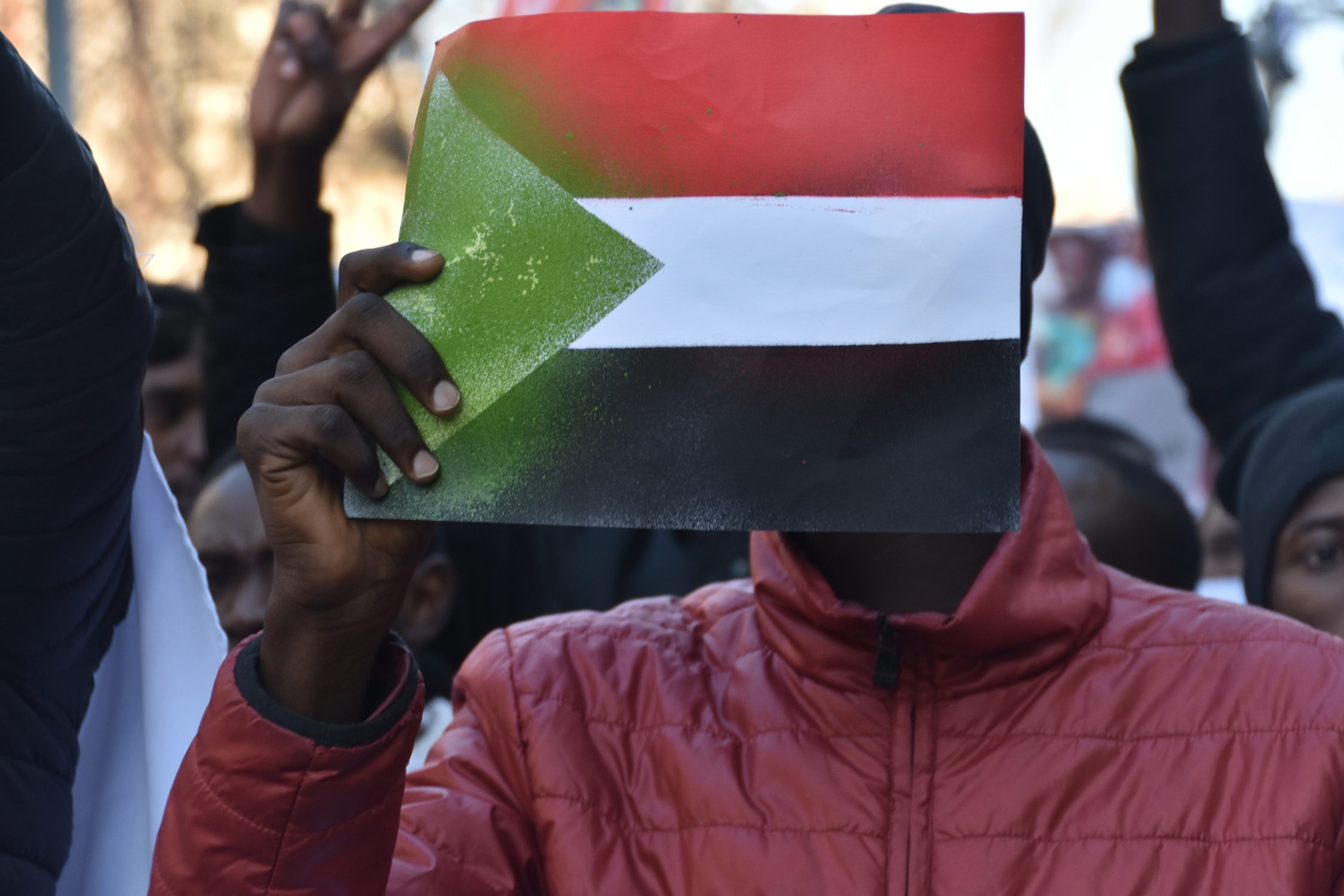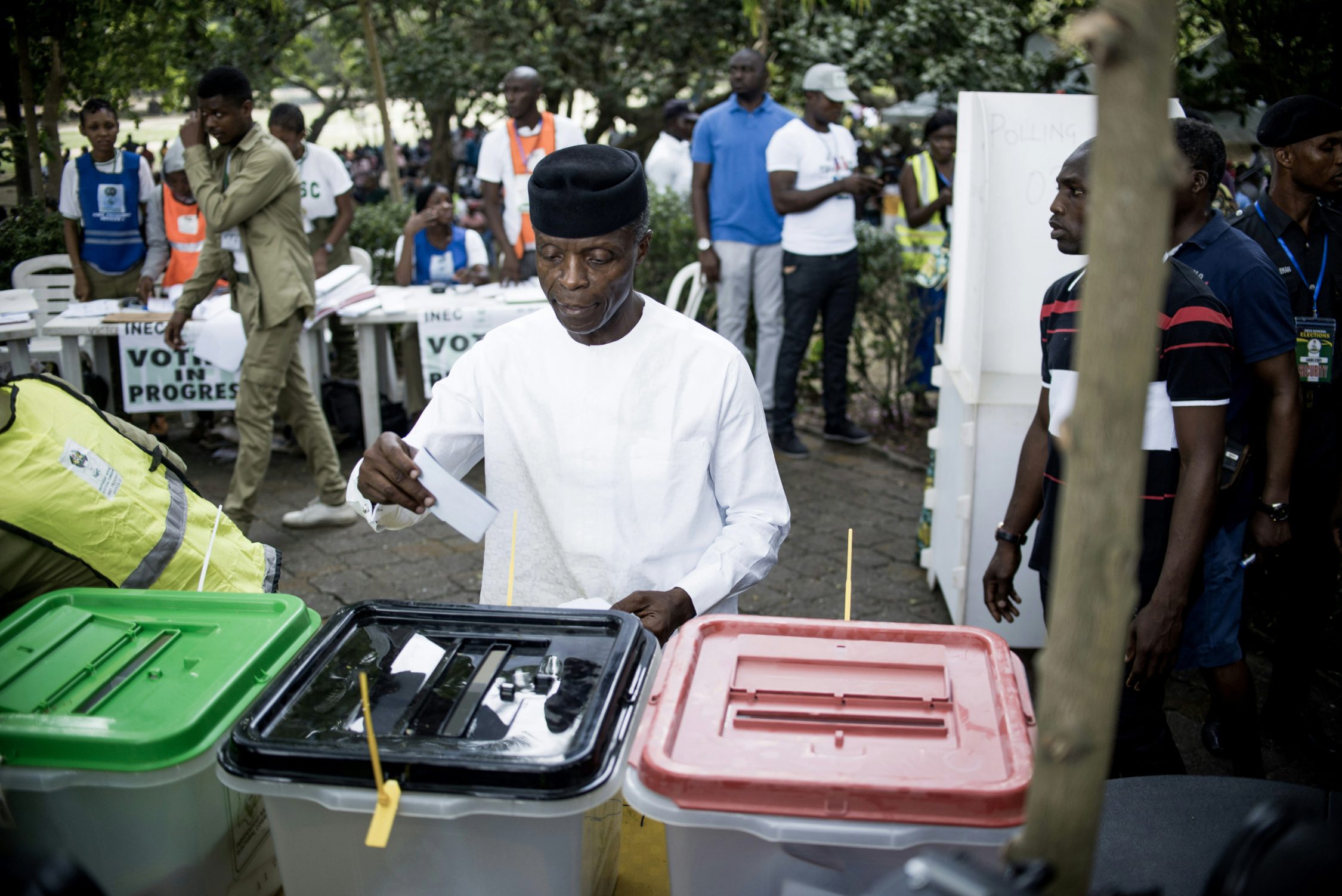The current issue of African Security Review includes several papers that developed out of research from the World Peace Foundation’s African Peace Missions research program, directed by Mulugeta Gebehiwot Berhe. The articles in this issue are open access, and we will be posting key excerpts from each on this blog. The African Peace Missions program culminated in a report submitted to the African Union, African Politics, African Peace, that charts an agenda for peace in Africa, focusing on how the African Union can implement its norms and use its instruments to prevent and resolve armed conflicts.
Below is an excerpt from “The Ethiopian post-transition security sector reform experience: building a national army from a revolutionary democratic army” by Mulugeta Gebehiwot Berhe.
The Ethiopian state underwent major restructuring at the beginning of the 1990s. It replaced a once highly-centralised state with a federal system, adopting a democratic constitution, the transfer of power through elections, and the recognition of the rights associated with freedom of expression.
More specifically, the Ethiopian security sector was transformed from 1991 onwards; political changes led to a new conception of threats and security needs, and the institutional structure of the country’s security agencies was brought into alignment with the new federal arrangements. The defence review was developed in the context of this wider security sector transformation.
The objective of this paper is both to chronicle and analyse this defence transformation. The Ethiopian experience is a nearly unique example of restructuring a people’s army into a national military, something rarely if ever attempted with this kind of comprehensiveness. Most victorious liberation armies were either fused with the former oppressors’ armies (e.g. South Africa, Namibia and Zimbabwe) or continued as a political army without any significant transformation (e.g. the People’s Revolutionary Army of China). The Ethiopian security sector reform (SSR) experience was guided by the profound analysis of its political and security threats, which seamlessly guided the defence transformation. The Ethiopian People’s Revolutionary Democratic Front (EPRDF) came with a unique security culture characterised by the primacy of political leadership over its army in its internal architecture. Its distinct military culture was maintained during its transformation into a regular army. Despite this, however, there has never been an attempt to fully chronicle this experience. This paper is intended to fill the gap in this regard.
In this paper, the history and formation of the Ethiopian National Defence Force is examined. Background information on the pre-reform structure and organisation of the army is presented, followed by a discussion of the restructuring process and an analysis of how these changes moved the security agencies towards full professionalisation, as well as how these processes in turn supported Ethiopia’s democratic transformation.
Primary documents (such as Amharic documents, which are less accessible to scholars who do not speak the native language) related to the design and implementation of the SSR programme and a desktop review of some related literature are used. The paper is also heavily informed by my own lived experience, a factor that is both a limitation and strength of the paper. I served as a senior member of the EPRDF army during its 17 years of armed struggle and also as head of the DDR commission in Ethiopia, which was responsible for the DDR of former army members and a large number of insurgents during the transitional period in Ethiopia (1991–1997).


